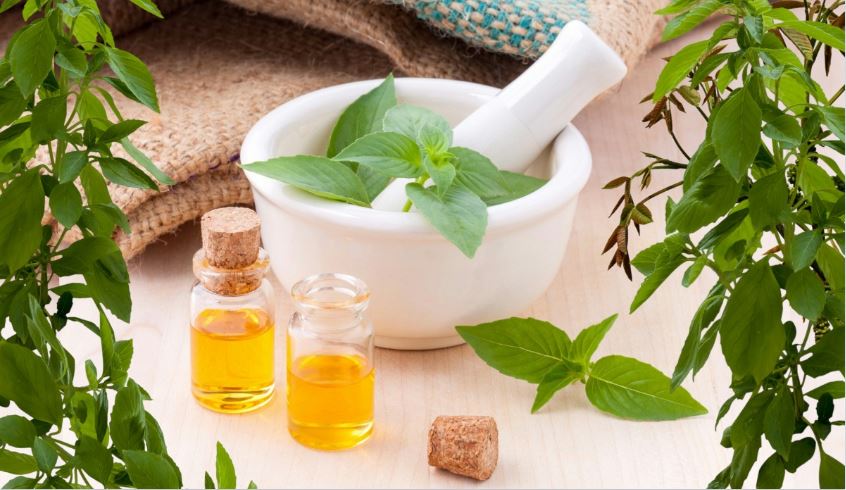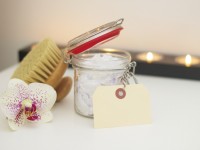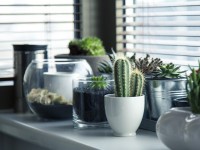All high-quality skin care products are based on the natural components namely plants and herbs. Of course, modern companies try to replace the nature with the chemicals, but the long-lasting history of the beauty industry proves that it all comes back to basics.
Why learn about plants and plant-based extracts used in cosmetics? Once you learn about the plants used and about the active ingredients they contain you will be able to choose cosmetics more consciously. This will also help you look for the exact products to fight wrinkles or get rid of pigment spots more effectively.
Plants for skin healing after burns and damages
-
Helichrysum
The Helichrysum is a part of the sunflower family with delicate flowers. Very often, Helichrysum is used for its anti-inflammatory properties to treat acne, aged- or damaged skin. The extract is added to lotion creams and toners.
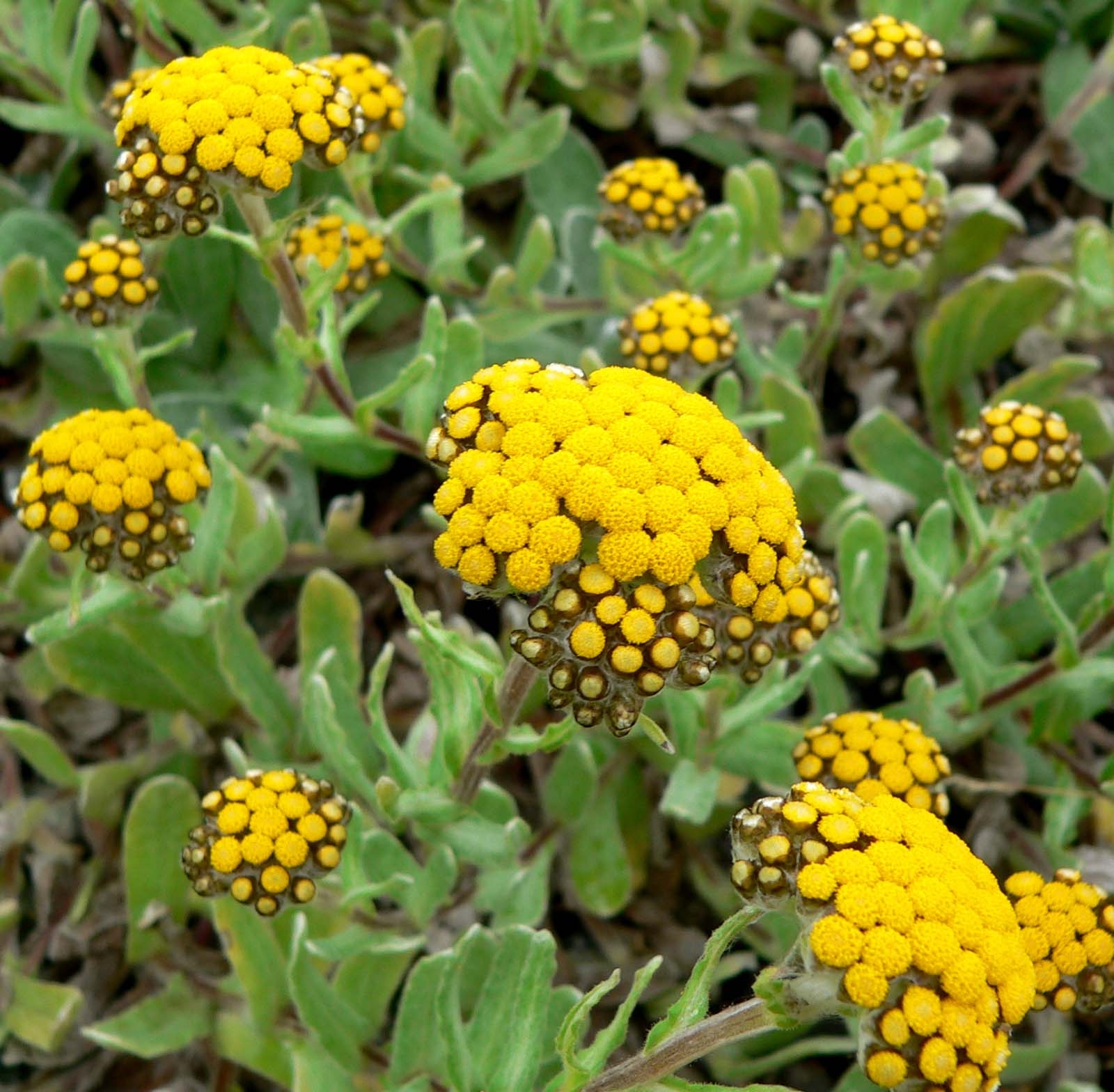
-
Lady’s Mantle
Lady’s Mantle helps to decrease the openness and so the visibility of the pores as well as to firm the skin. These plants for skin are frequently added to anti-wrinkle creams and lotions.

-
Roses
Roses are probably one of the most common ingredients in the cosmetics industry. Rose water is used all over the world to reduce skin redness and inflammation, boost regeneration, moisturize, and tone the skin. The beneficial side of roses is that you can do basic cosmetics at home!

Beauty recipe: Skin care specialists say that you can do rose water at home very easily. You only need to pull petals from the live flower, put them into the water, then heat the petals in a pan on a low heat for about 20 minutes until the petals lose the color. The important point is not to let your home-made cosmetics simmer. Get the liquid cool and start using the great cosmetics on your own!
Plants for skin toning
-
Lemon Balm
Lemon Balm is easy to grow in the backyard and can be just a perfect addition to a small garden. The infusion of this plants is common for acne-treating cosmetics and for oily skin.
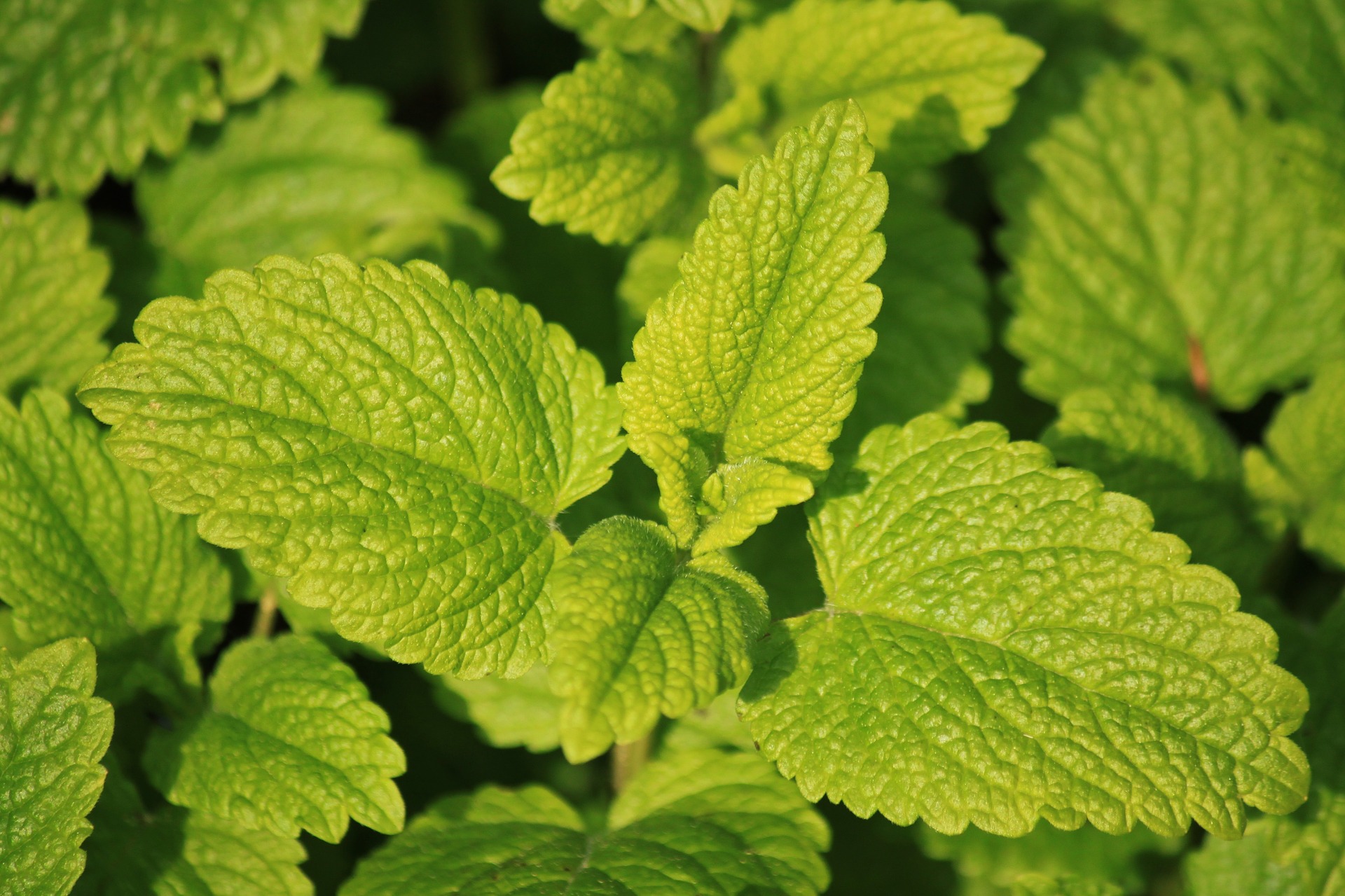
-
Rosemary
Rosemary is a great plant not only for cooking true steaks but also a great stimulator of blood flow to the skin (such stimulation promotes healing processes). You can add rosemary not only to facial treatment cosmetics but also to massage oil solutions, body lotions, and hair masks.
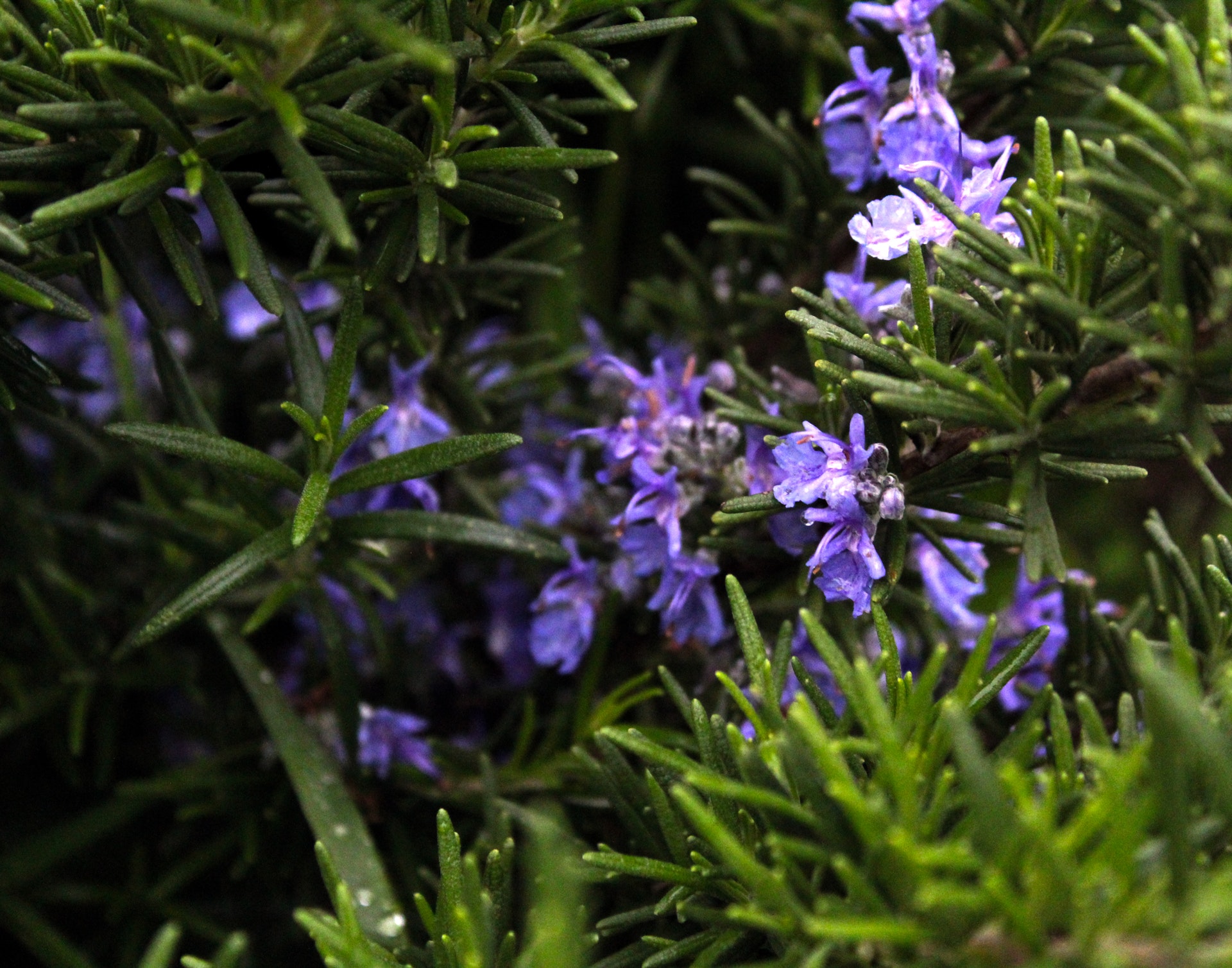
Off-topic trick: you can rinse hair after washing with rosemary oil or extract to darken your hair by 1-2 tones. -
Witch Hazel
Commercial soothing ointments and toners frequently have Witch Hazel in their structure. The high levels of astringent tannins in this plant help to reduce oiliness of the skin and also firm it.
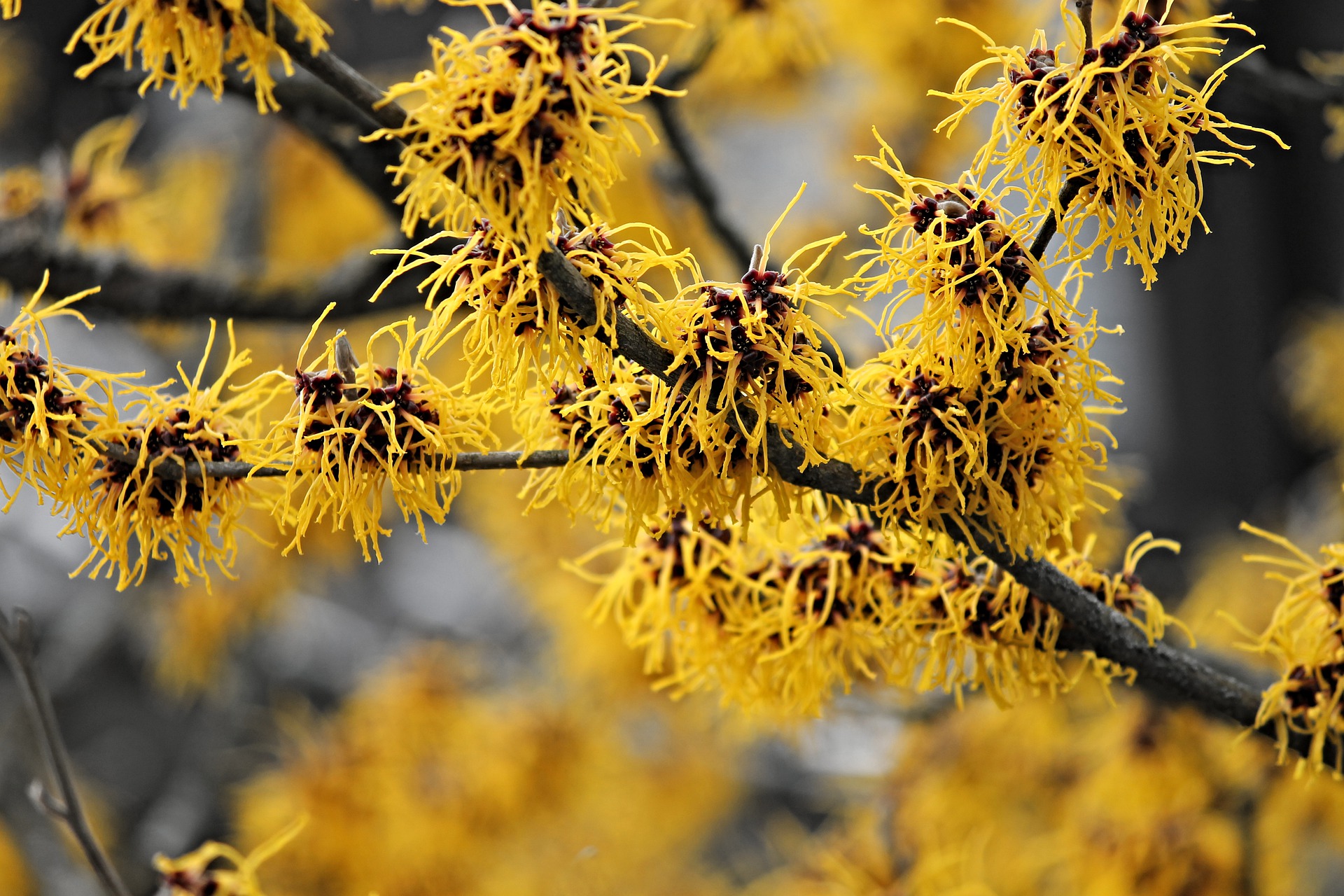
Plants for skin moisturizing
-
Common Plantain
Leaves of this common garden weed contain moisturizing mucilage which is also an effective skin healer frequently met in healing products for bruises and wounds.
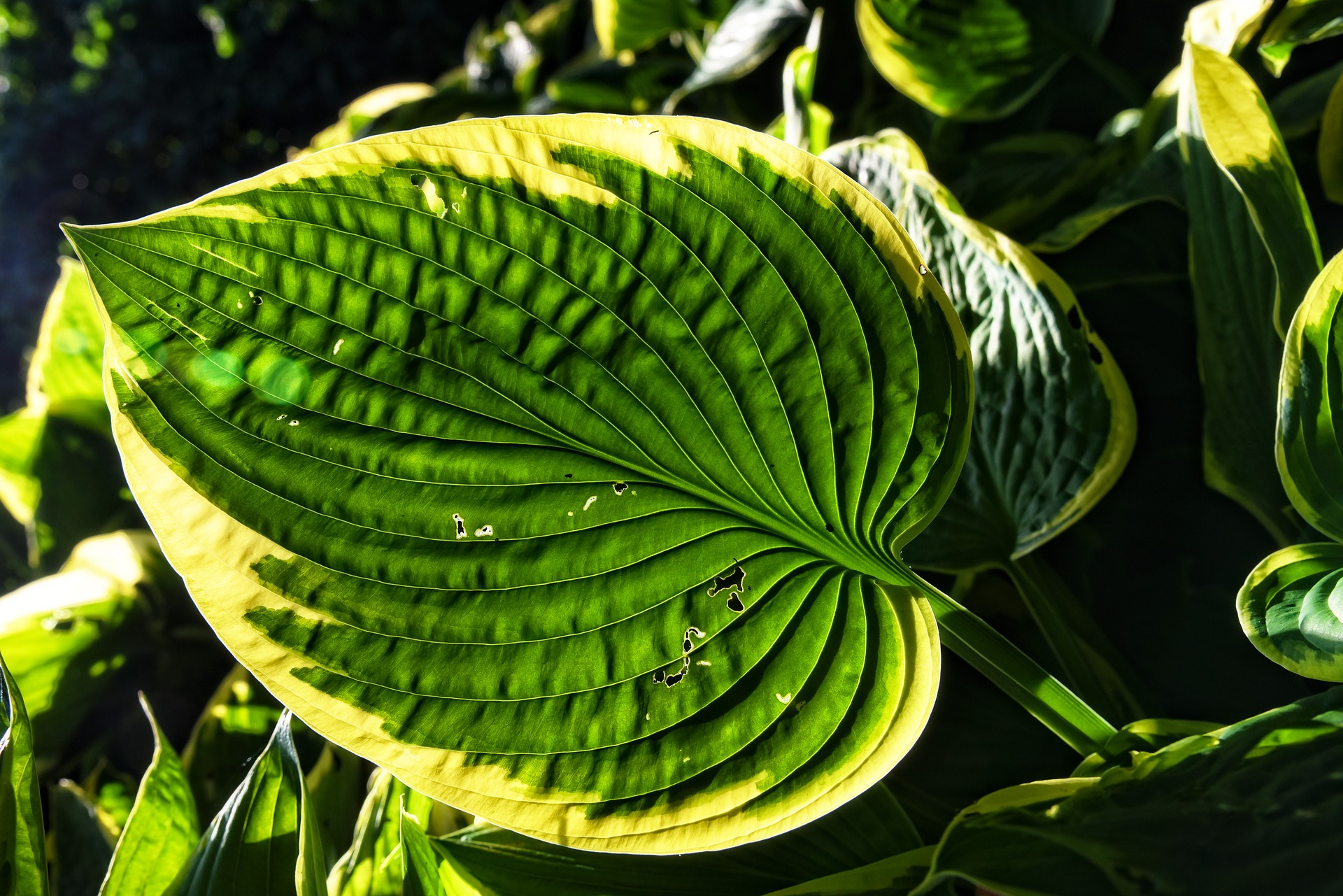
-
Marsh Mallow
No, that’s not the white fluffy sweets that you use for a bonfire. This is a gorgeous perennial most often found in the wild, although some gardeners use it for landscape design project. All parts of these plants are used for skin treatments. The perennial is rich in pectin, sugars, and mucilage that help to moisturize and soften the skin. The commonly found silky texture of creams is reached with the extracts of Marsh Mallows.
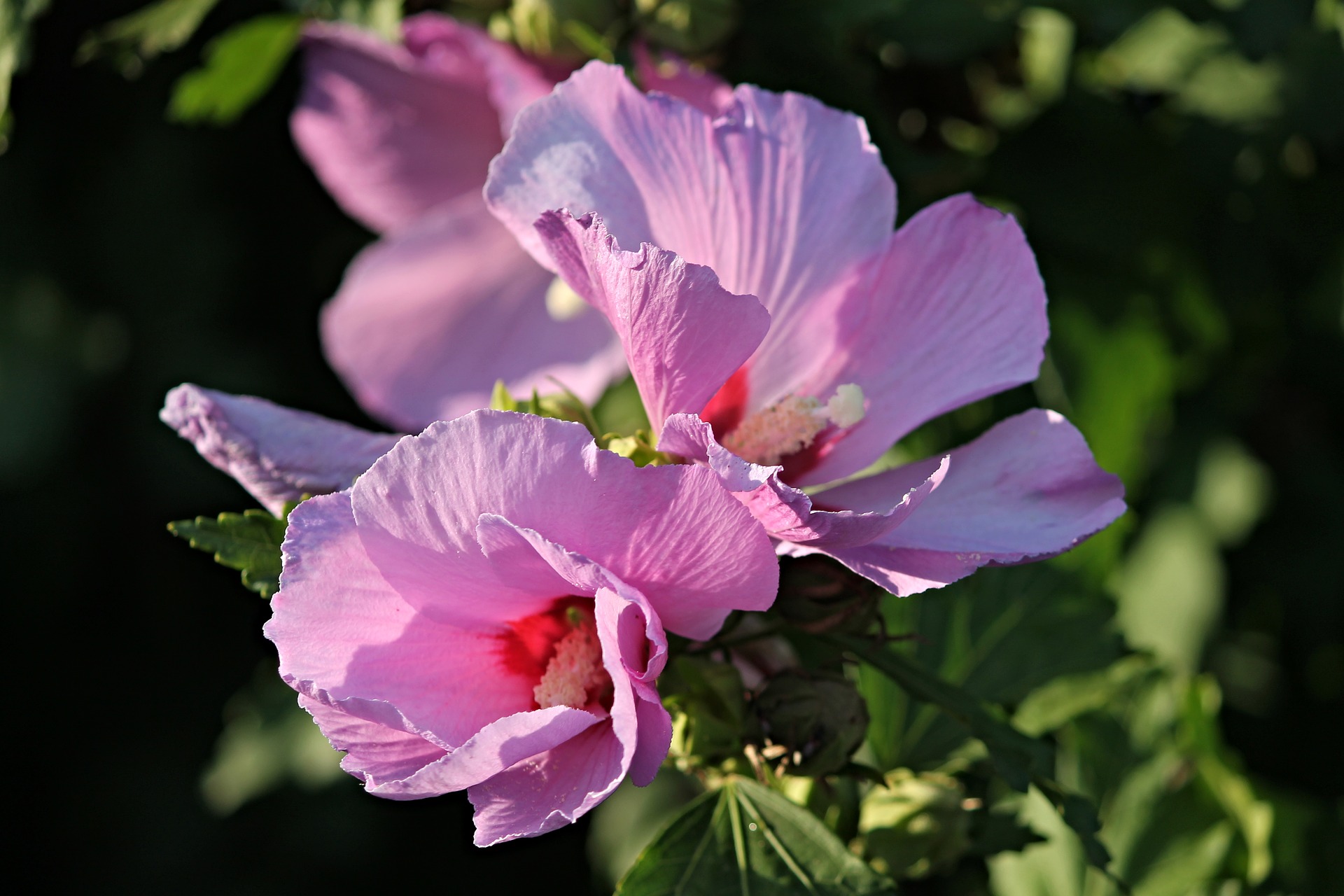
-
Violet
Violets can be a beautiful addition to a window sill as well as a garden flowerbed. The great quality of these flowers is that both leaves and the actual flower are juicy and full of moisturizing elements with a small dosage of astringency. Violets also common in remedies for fasten skin healing and anti-inflammatory cosmetics.
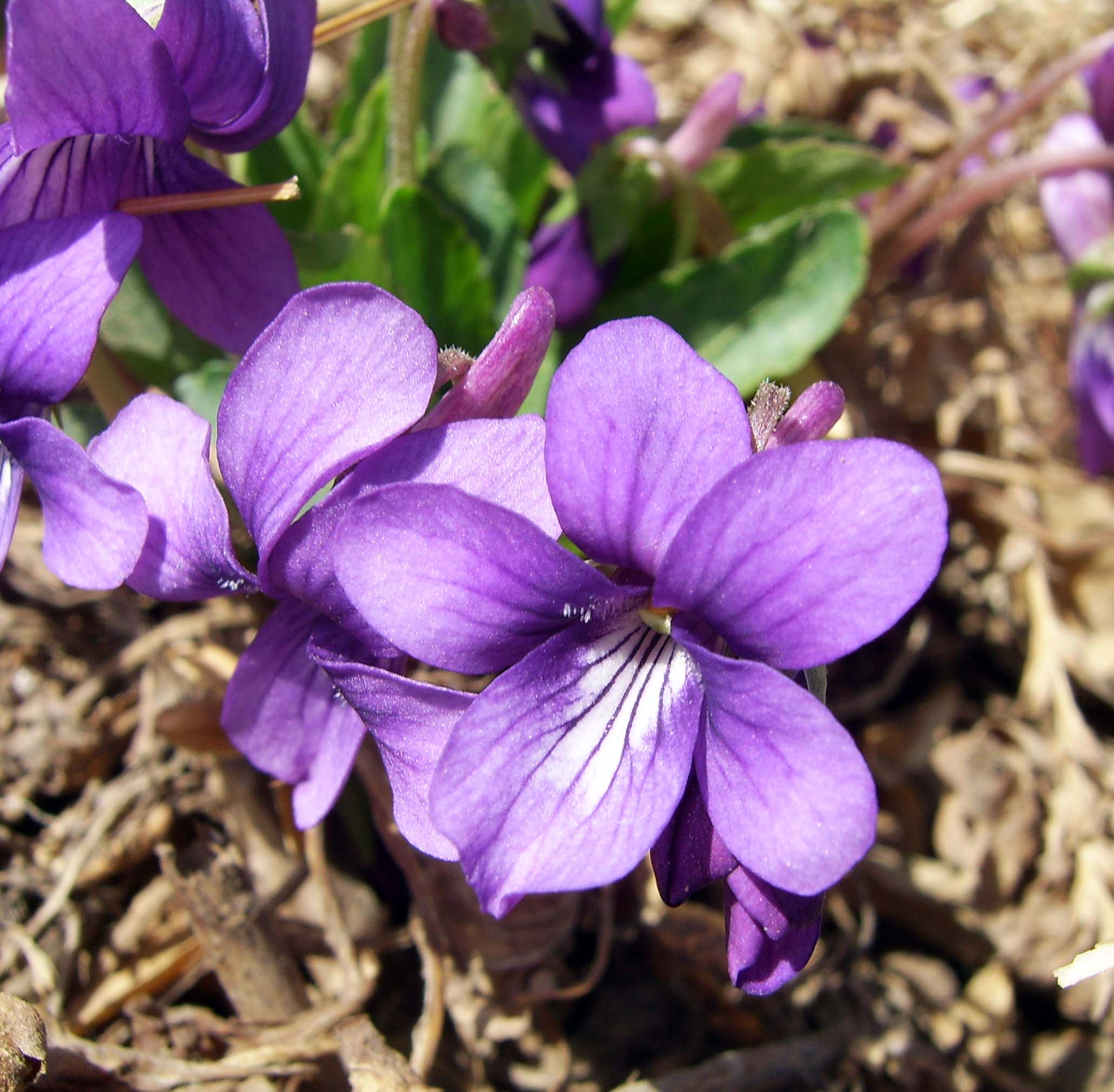
Plants for skin tone correction
-
Elderflower
Elderflowers are used in tonic water and cordials for their delicate flavor. However, you can also use this plant to fade freckles, age spots, and scars.
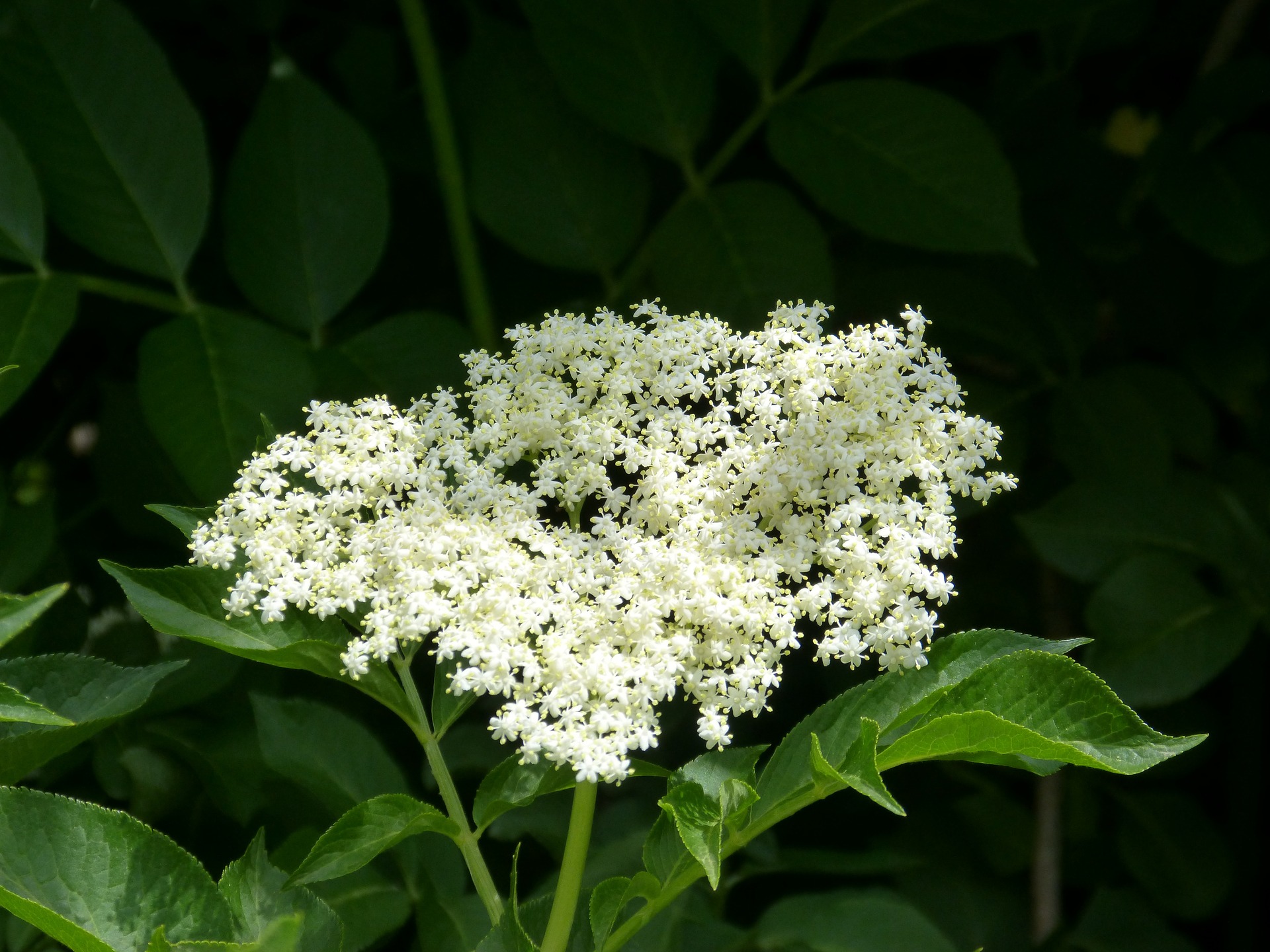
-
German Chamomile
Generally, chamomile is a perfect hair lightener if added to a conditioner or in the form of the infusion for water rinsing. In combination with lemon, it can fight aging spots and freckles as well. But first, try the components on hand to ensure that you don’t have an allergy reaction to lemon. Cosmetologists also use German Chamomile for eczema and dermatitis treatment to soothe dry and irritated skin.
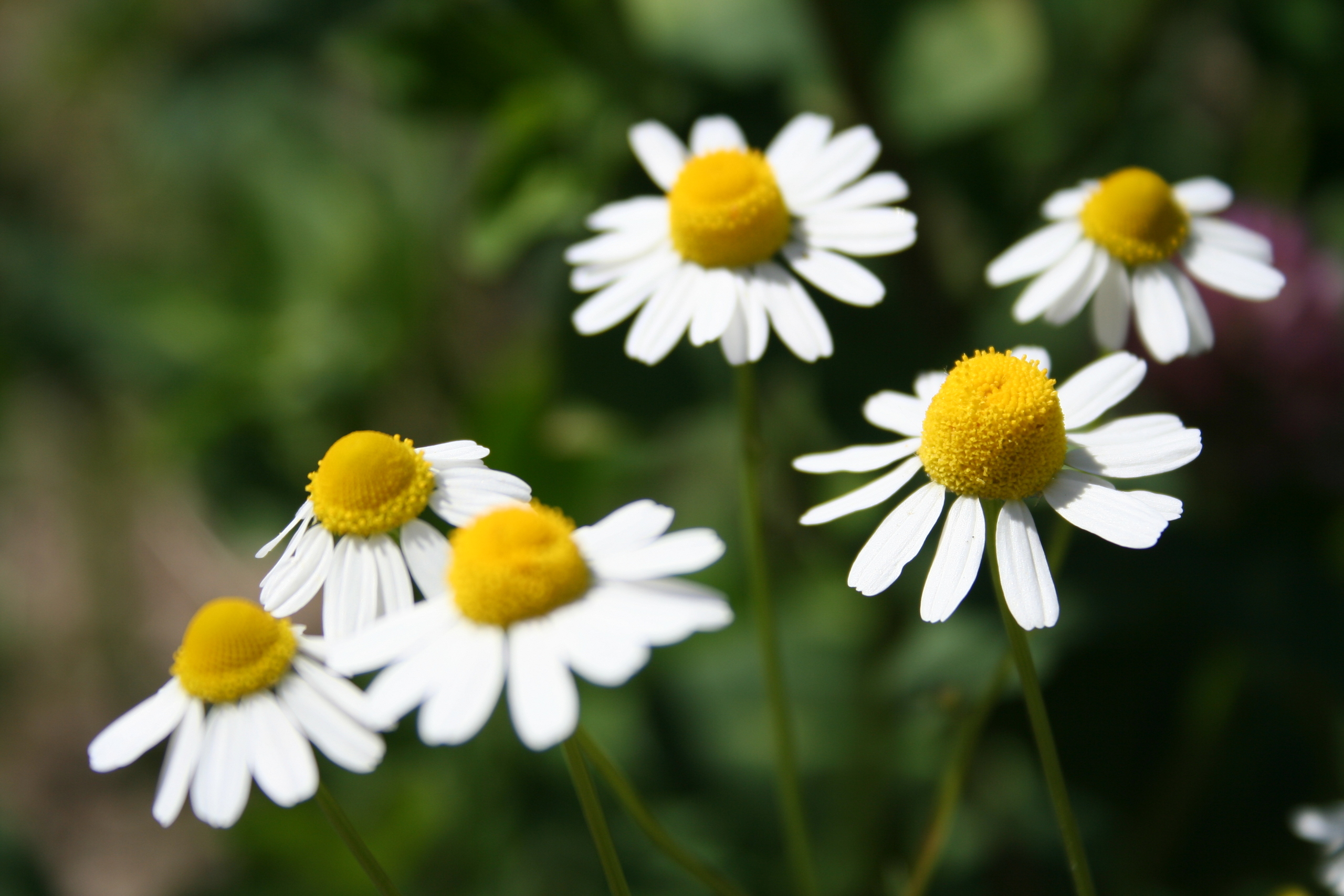
-
Sage
Sage is common for tonics and makeup removal combinations because it cleanses oily skin. Besides that, it can darken your hair if you add it to rinsing solutions. But to see the effect, you need to use sage after every hair washing for at least a month.

Plants for anti-inflammatory skin care
-
Chickweed
Even though it’s just a weed that is commonly seen as a useless addition to a garden, chickweed is a very powerful anti-inflammatory plant. It helps to reduce skin redness and general itching. If you find a piece of cosmetics with the flowers or leaves extract of this plant, you will also have a great toner.

-
Cucumber
The old-fashioned cucumber masks are well-known in the beauty industry. This vegetable, as well as a plant, can help to reduce skin puffiness, tighten it, and soothe any irritation. It’s best for the treatment of the skin around the eyes.
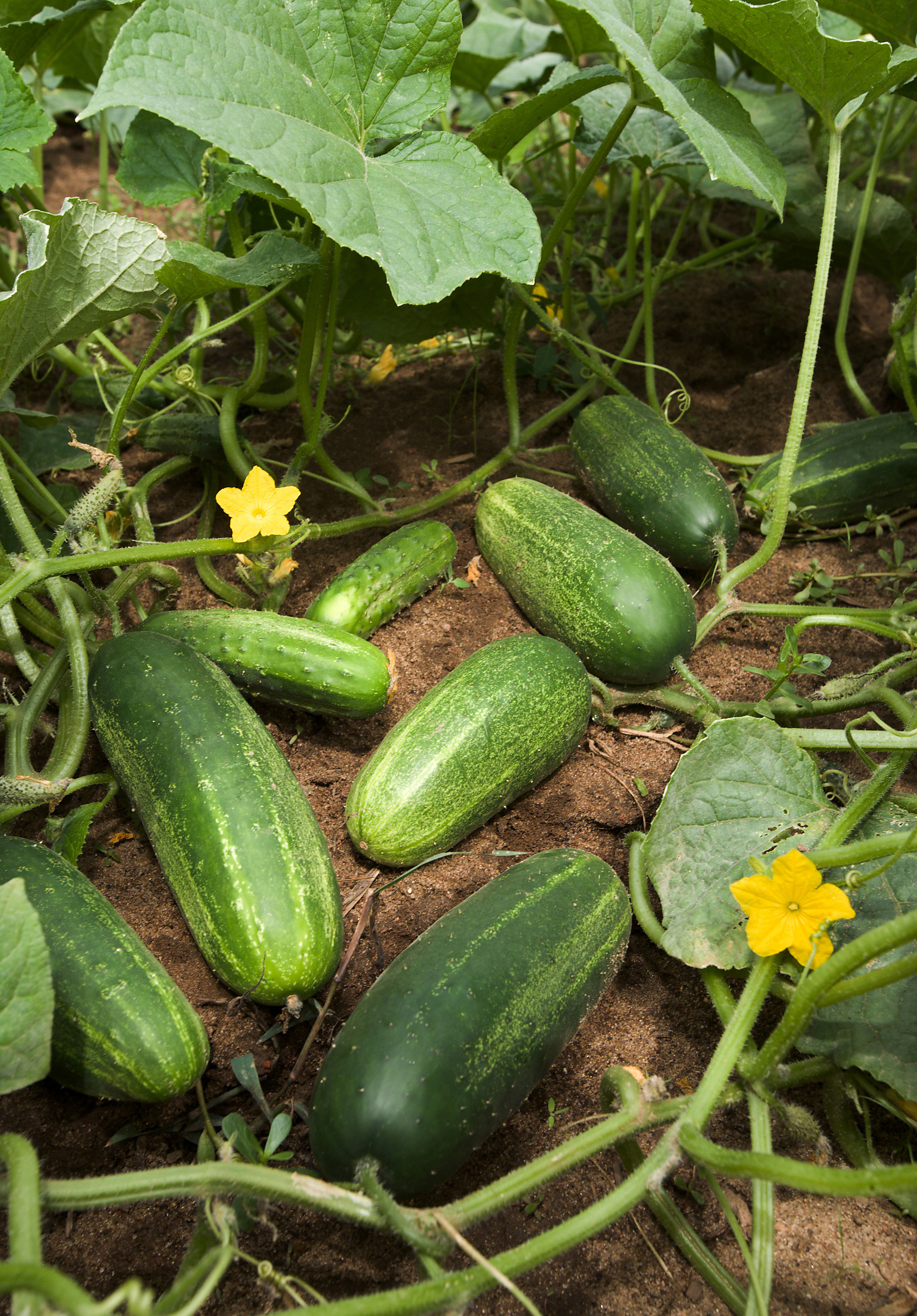
-
Speedwell
The nicely looking blue flowers of Speedwell have potent anti-inflammatory properties. They are frequently added to cosmetics to relieve itchiness and redness caused by eczema.
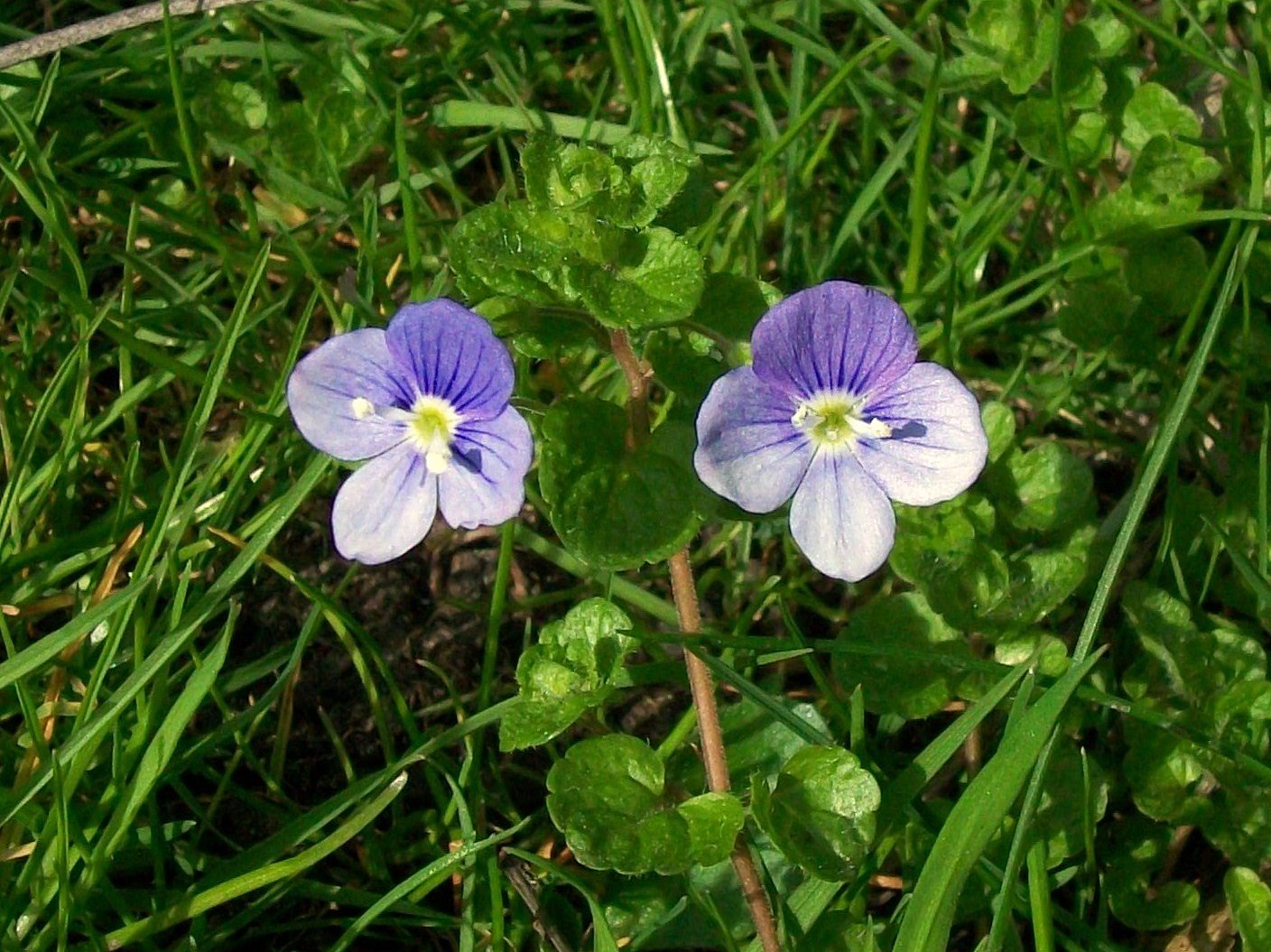
There are much more herbal solutions and their combinations that have a positive effect on human skin. However, the plant described above can even be grown in the backyard garden or pots for personal preparation of treatment solutions.
